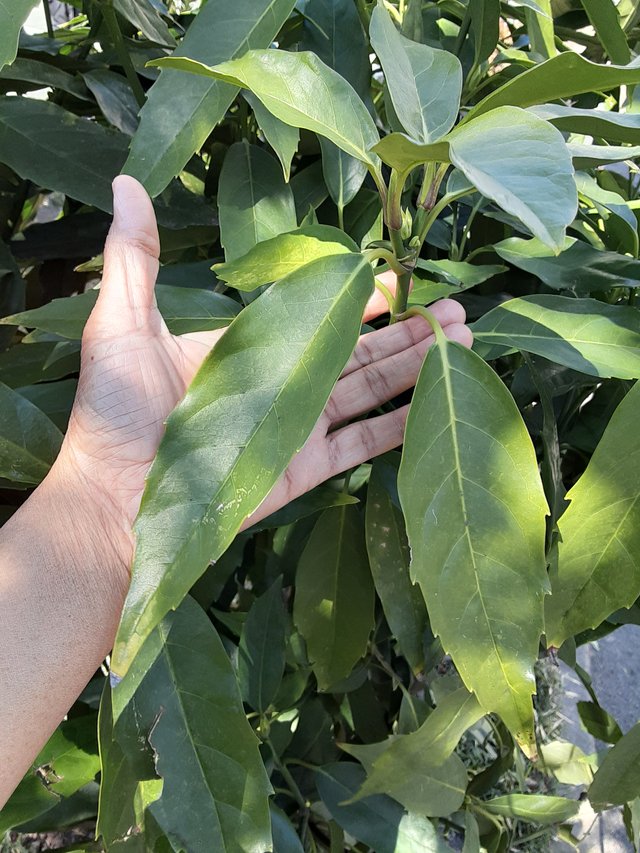
Quercus glauca, also known as the Japanese Blue Oak or Ring-cupped Oak, is a stunning evergreen tree that adds a touch of elegance to landscapes around the world. Let's delve into the fascinating details of its leaves:
A Show of Colors:
Quercus glauca boasts a captivating display of colors throughout the year. New growth emerges with a dramatic flourish, sporting a deep purple-crimson hue that turns heads. This vibrant shade soon transitions into a glossy green on the upper surface, creating a beautiful contrast. But the true magic lies beneath. The undersides of the leaves showcase a stunning glaucous blue-green, adding a unique depth and shimmer to the foliage. This waxy, bluish cast, called "glaucous," is what gives the tree its common name.
Shape and Texture:
The leaves themselves are typically elliptic-lanceolate, meaning they're elongated with pointed tips and slightly wider in the middle. They range from 7 to 15 centimeters in length and 3 to 6 centimeters in width, offering a good balance between size and form. Interestingly, the leaf margins can vary. Some leaves have smooth, entire edges, while others boast a serrated upper half, adding a touch of texture to the foliage. Young leaves often exhibit a silky pubescence, giving them a soft, fuzzy feel.
Dynamic Adaptations:
The unique characteristics of Quercus glauca's leaves are not merely aesthetic; they serve important functions. The glossy green upper surface reflects sunlight, helping the tree conserve water, especially beneficial in its native warm locations. The waxy, glaucous underside further reduces moisture loss through transpiration. Additionally, the pubescence on young leaves might offer protection from harsh weather elements and deter herbivores.
Seasonal Shifts:
While Quercus glauca is considered evergreen, it does exhibit subtle changes throughout the year. In some climates, the leaves may take on a slightly yellow-green hue during winter, adding another layer of visual interest to the landscape. This color shift is likely a strategy to optimize photosynthesis during periods of reduced sunlight.
Overall, the leaves of Quercus glauca are a captivating display of color, texture, and adaptation. They paint a beautiful picture, showcasing the remarkable interplay between form and function in the plant kingdom.
Ref.:
 |  |
Upvoted! Thank you for supporting witness @jswit.
Downvoting a post can decrease pending rewards and make it less visible. Common reasons:
Submit